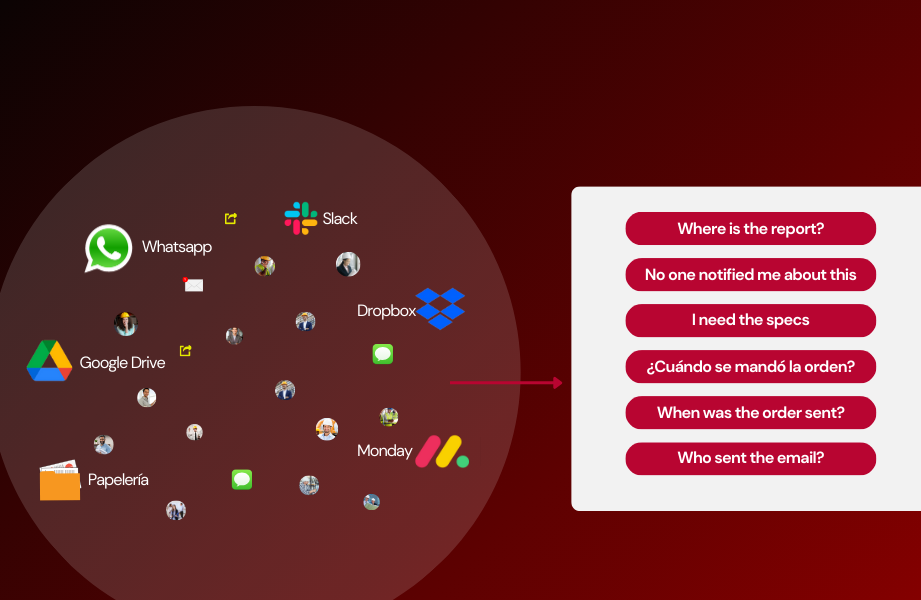When founders and entrepreneurs ask me about the initial launch of Buildpeer, the concept of achieving Product-Market Fit (PMF) often comes up. First, I make it clear that we are still in the process of finding PMF. In my opinion, it is not a destination, but rather an ongoing process.
Finding PMF was not a single event but a progression of small, iterative steps. Happening every day, as I say in Spanish, “Picar Piedra.”
In the beginning, the journey started with understanding and pinpointing the core problem—inefficient communication in the construction industry. We identified how workers on the job site (myself included) had to juggle several tools—Dropbox, Asana, Drive, WhatsApp, and others—that weren't tailored for construction workflows. This fragmented approach was detrimental to productivity and needed a cohesive solution.

I wanted to share a brief breakdown of a few features in Buildpeer’s PMF journey. I thought sharing concrete examples would be most helpful to other founders and those curious about the concept of PMF.
Uploading Data into the Product: Our first goal was to create a user-friendly interface where users could easily upload their data. We simplified this process as much as possible so that users on the job site could start interacting with the product without steep learning curves. This initial stage was essential because users would abandon the tool early on if they faced challenges merely uploading data.
Ensuring Correct Data Uploads for Productivity: Once the data was on our platform, we focused on ensuring its accuracy and relevance. This meant implementing checks and validation steps that allowed users to verify and maintain the integrity of their uploaded data. The goal here was to ensure that Buildpeer genuinely aided productivity, not just served as another repository.
Analyzing Data for Better Productivity and Process Efficiencies: Most recently, we have been gathering feedback from our customers on various widgets and dashboards they want to see. By creating custom dashboards, we enabled users to analyze their data dynamically. This allowed them to gain insights into their operations, driving process efficiencies and improvements.
Throughout this journey, customer feedback has been our compass. Despite my domain expertise in the industry, it was clear that building something valuable requires continuous user engagement. From day one, we made it a priority to talk with general contractors, subcontractors, developers, and architects. Their firsthand experiences and pain points directly influenced the evolution of Buildpeer.
Our commitment to feedback led us to iterate and improve continually. One of the most telling signs that we were approaching PMF was the growth in user metrics. Monthly interactions have been doubling, indicating that users have found value in our solutions. Yet, we are still in the early stages of this journey.

Takeaways
Here are a few takeaways from Buildpeer’s PMF process:
- Start by deeply understanding the problem you are solving.
- Engage with your users constantly and gather as much feedback as possible.
- Simplify your product to address core issues effectively before expanding.
- Use data to validate your progress, and be ready to refine based on what you learn.
Finding PMF isn't a final destination but an ongoing process of learning and adaptation. It’s about evolving with your users and continuously refining your product to better meet their needs.

